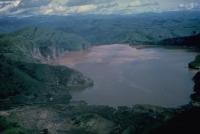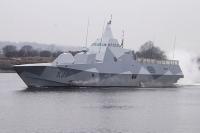
Swedish Corvette Visby, one of the ships searching for the mystery sub
Last Friday, there were reports of unexplained underwater movements near the Stockholm archipelago. There were also reports of an encrypted distress call of the sort used by the Russian Navy, leading to speculation that a Russian submarine was stranded underwater. Russian officials have emphatically denied that, if there is a submarine, that it is theirs, and instead suggested that it could be a Dutch submarine, which participated in an exercise with the Swedish navy last week. The Dutch responded by saying that their sub left the area well prior to the sightings. Yesterday, Sverker Göransson, Sweden’s top military commander, told reporters. “This is very serious, I would even go so far as to say, that it’s fucked up.” (The Swedish phrase used was “Det är för jävligt.” If anyone has a better translation than “that’s fucked up,” we be happy to hear it.)

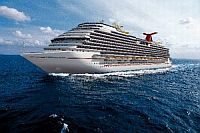 Carnival Magic Back in Galveston —
Carnival Magic Back in Galveston — 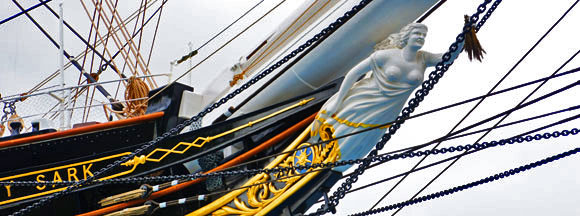 There are reports of a “small fire” aboard the 19th-century composite clipper ship,
There are reports of a “small fire” aboard the 19th-century composite clipper ship, 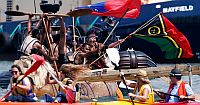

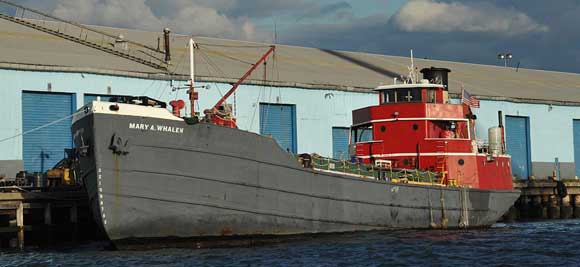
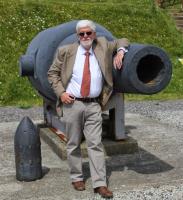 In December, Antione Vanner’s “Britannia’s X,” the third of his Dawlish chronicles will be published by
In December, Antione Vanner’s “Britannia’s X,” the third of his Dawlish chronicles will be published by 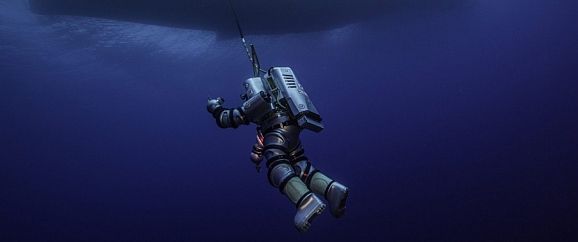
 We all know Murphy’s Law — “That which can go wrong, will go wrong and at the worst possible time.” Anyone who has spent time around boats or ships also knows that Murphy was undoubtedly a sailor. This came to mind last weekend, when I participated in “Seamanship Saturday” at the
We all know Murphy’s Law — “That which can go wrong, will go wrong and at the worst possible time.” Anyone who has spent time around boats or ships also knows that Murphy was undoubtedly a sailor. This came to mind last weekend, when I participated in “Seamanship Saturday” at the 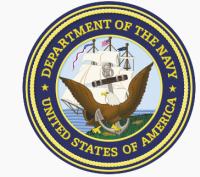 Happy 239th birthday to the
Happy 239th birthday to the 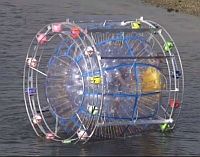 You really can’t make this stuff up. Extreme runner, Reza Baluchi, attempted to run from Florida to Bermuda, a distance of roughly 1,000 miles, in an inflatable bubble with a metal frame, looking something like a giant hamster wheel. It didn’t go well. A few days into the attempt, Baluchi activated a personal locator beacon after becoming disoriented and exhausted. The Coast Guard responded. A chopper lowered a rescue swimmer into the water and found Baluchi lying down inside his bubble. The rescue is estimated to have cost taxpayers roughly $144,000.
You really can’t make this stuff up. Extreme runner, Reza Baluchi, attempted to run from Florida to Bermuda, a distance of roughly 1,000 miles, in an inflatable bubble with a metal frame, looking something like a giant hamster wheel. It didn’t go well. A few days into the attempt, Baluchi activated a personal locator beacon after becoming disoriented and exhausted. The Coast Guard responded. A chopper lowered a rescue swimmer into the water and found Baluchi lying down inside his bubble. The rescue is estimated to have cost taxpayers roughly $144,000.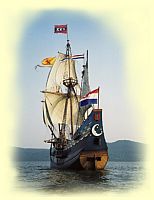 The story is regrettably familiar. A historic vessel, unable to find a suitable berth, is forced to move elsewhere. Yesterday, Chip Reynolds, Director of the
The story is regrettably familiar. A historic vessel, unable to find a suitable berth, is forced to move elsewhere. Yesterday, Chip Reynolds, Director of the 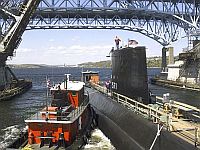 Just over 60 yeas ago, on September 30, 1954,
Just over 60 yeas ago, on September 30, 1954, 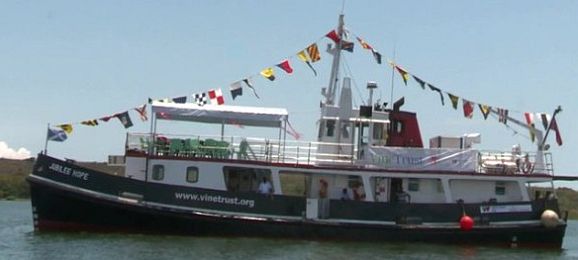 The hospital ship Jubilee Hope was recently
The hospital ship Jubilee Hope was recently  Last May
Last May 